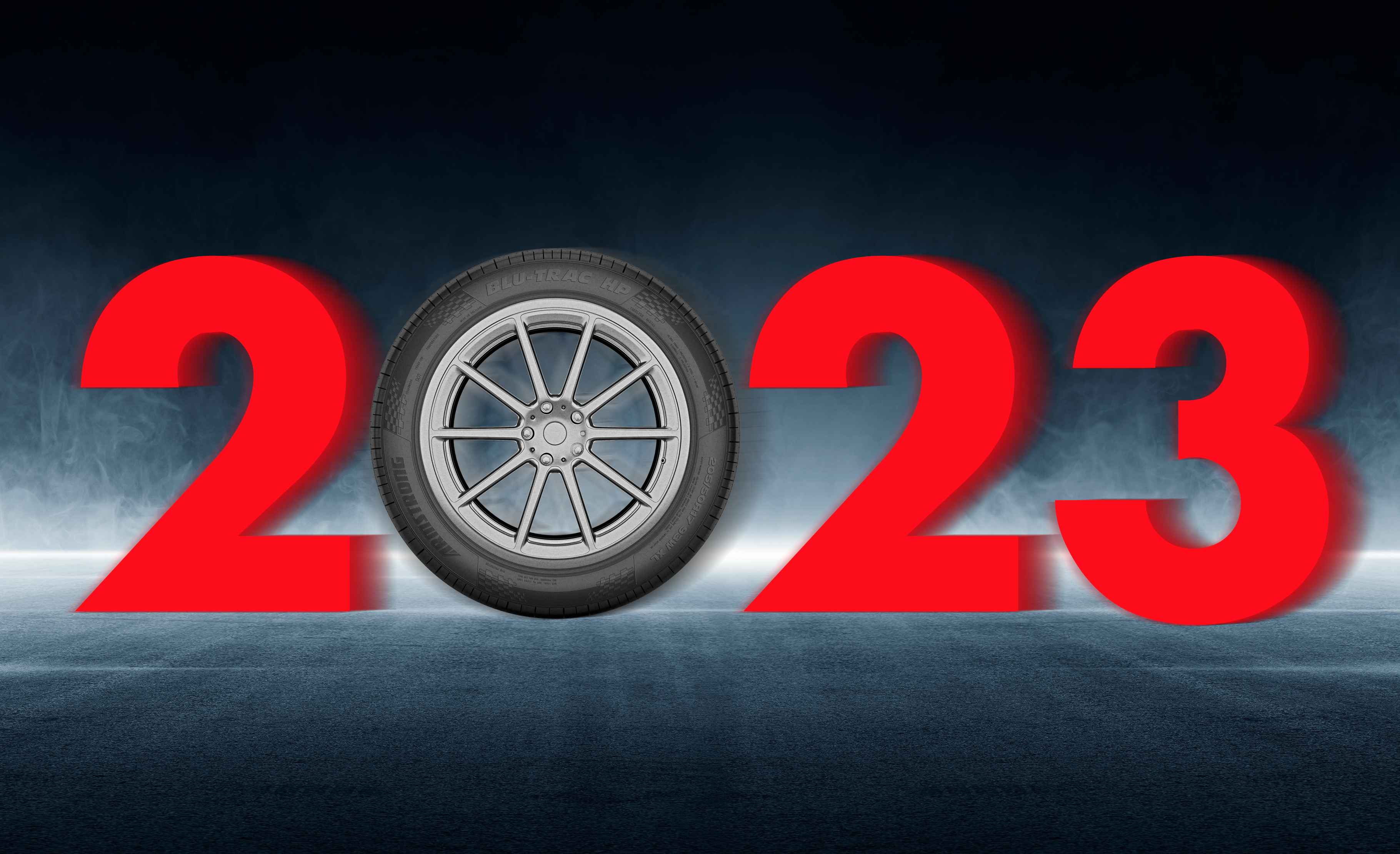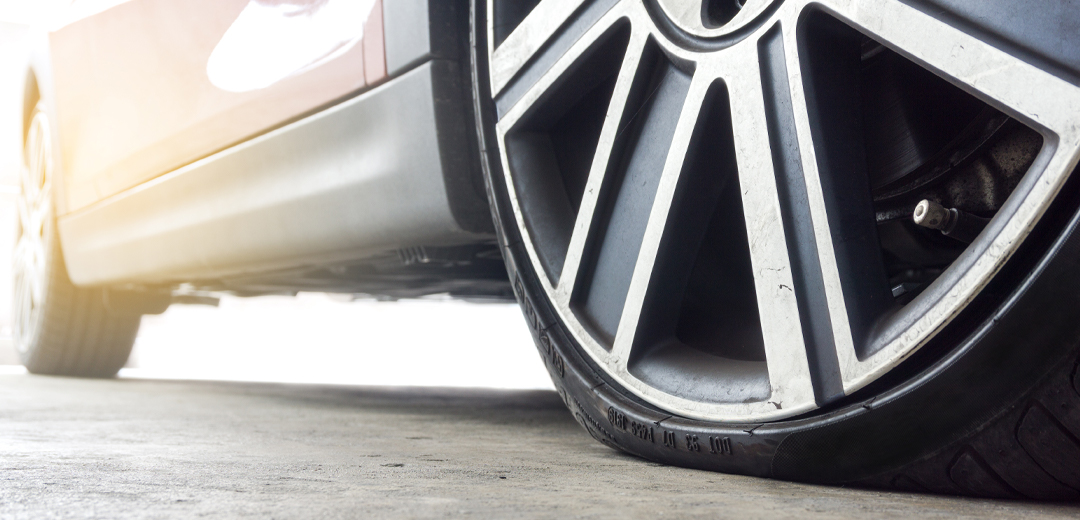
Are run-flat tyres worth the extra cost? Some drivers claim they're more expensive to purchase than regular tyres and the ride isn't as good. In this article, we'll take a closer look at run-flat tyres and their benefits.
What are run-flat tyres?
Run-flat tyres (RFT) were introduced in the mid-1980s and have since grown in popularity. Some automakers now make them standard in new vehicles. Run-flat tyres allow you to continue driving after a puncture, giving you time to get to an auto shop or find a safe place to repair your tyre. However, you can't drive on them permanently. Check the tyre manufacturer's specifications to see how fast and far your run-flat tyres can go.
How do they work?
Unlike traditional tyres that require air to be stiff, run-flat tyres feature a strengthened sidewall and can remain rigid even without air pressure. The reinforced outer shell of run-flat tyres holds the rubber in place without air, supporting the vehicle while you travel. However, the sidewall is not intended to be permanent and is only recommended for an extra 50 miles of driving after the tyre has deflated.
How to know if they are punctured
All vehicles that may use run-flat tyres include a tyre pressure monitoring system (TPMS) that alerts the driver if there is a loss of air pressure. It would be very difficult to identify a puncture without a TPMS system because they continue to function even when deflated. Most TPMS systems display an alarm on the centre console, urging the driver to pull over after 50 miles and seek tyre repair or replacement.
Repairing them
Run-flats can be fixed in the same way as tubeless tyres. Even the method of repairing a puncture is the same. However, BMW owners should be aware that if they go to a dealership, they may be asked to replace the tyre as it is their policy. If a run-flat is driven on zero air for a while, it cannot be fixed. They are meant to be driven only a certain distance on zero air, and the sidewall degrades as it supports the car's weight. In this instance, the tyre must be changed. Also, if the sidewall is damaged, there is a large puncture, or the tyre is shredded, or in any other condition where a standard tubeless tyre would need to be replaced, a run-flat must be replaced.
Advantages vs. Disadvantages
The advantage of a run-flat is that, when driving at high speeds, if a tubeless tyre bursts or loses air completely, they retain their sidewall and help to keep the car under control to some extent. Because of the reinforced sidewall, run-flat tyres provide a considerably firmer ride and absorb less shock. They also weigh up to 40% more than tubeless tyres and reduce fuel economy due to increased rolling resistance. Some claim that the stiff sidewall of these tyres reduces their grip, which is a major disadvantage.
DURABILITY OF RUN-FLAT TYRES
Run-flat tyres typically use the same rubber compounds as traditional tyres, so you can expect a similar lifespan. Despite their reinforced design, run-flats will wear down at a similar pace to conventional tyres and require the same amount of maintenance.
To ensure your run-flat tyres last as long as possible, it's important to check their pressure, depth, and condition regularly. We recommend checking them every two weeks to keep them in excellent shape. By doing so, you can maximize their durability and potentially avoid having to replace them prematurely.
In conclusion, run-flat tyres offer numerous advantages, including the ability to continue driving after a puncture and better control at high speeds. However, they also come with some disadvantages, such as a firmer ride, reduced fuel economy, and potentially reduced grip. Despite their unique design, run-flat tyres have a similar lifespan to traditional tyres and require the same amount of maintenance. By checking their pressure, depth, and condition regularly, drivers can maximize their durability and potentially avoid premature replacements. Ultimately, whether run-flat tyres are worth the extra cost is a personal decision based on individual driving needs and preferences.
.jpg)
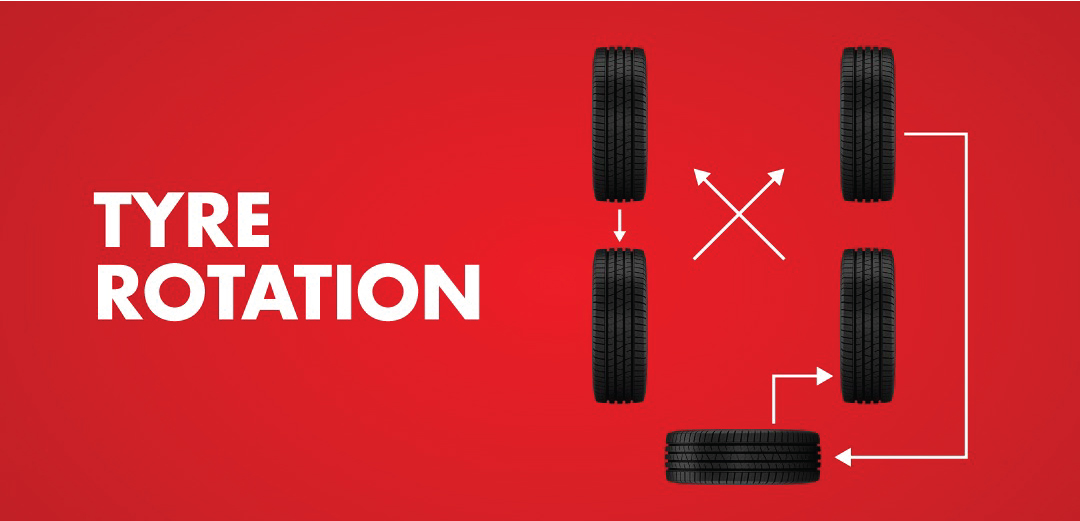
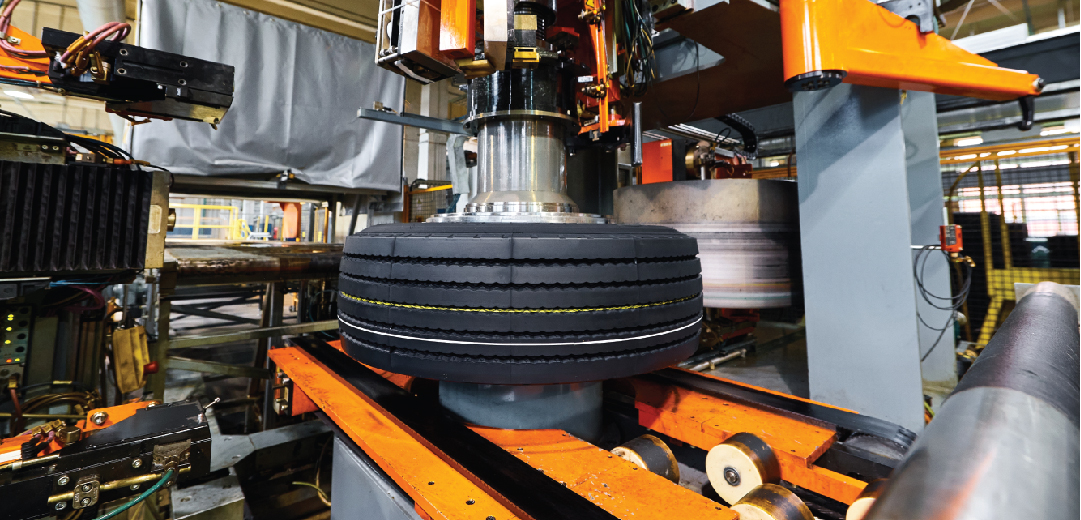
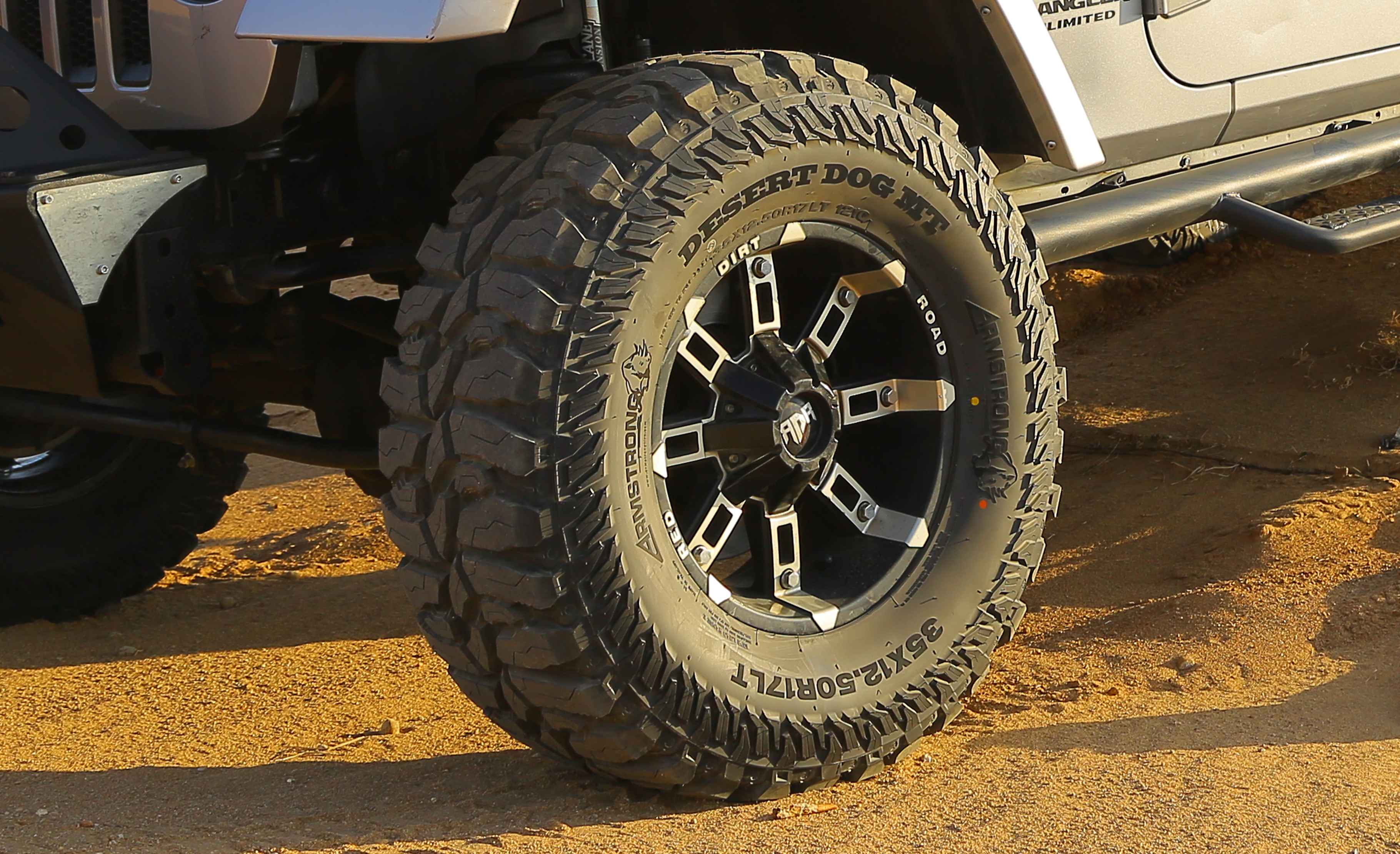
Armstrong Tyre's Guide to Safe Summer Driving in MEA: Tips, Tricks, and Tyre Safety
13-Jul-2023
Read More